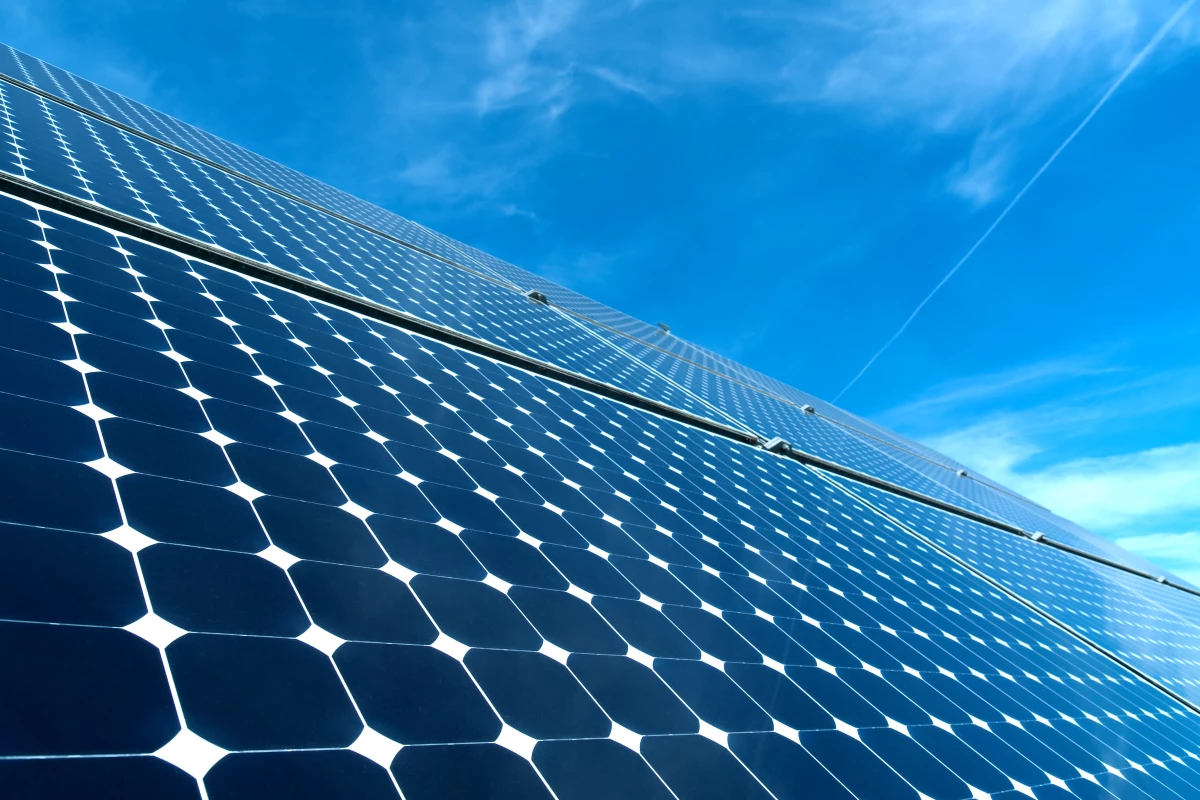Although many promising contenders are emerging, crystalline silicon cells dominate the solar industry and account for around 95 percent of all installations. These cells use precious silver to conduct electricity, but Australian outfit SunDrive is developing an alternative that uses more sustainable copper instead. The team's latest round of testing has shown not just how the more abundant metal can serve as a reliable replacement, but that it can push the technology into new terrain, achieving a world-record efficiency for commercially-sized silicon solar cells of 25.54 percent.
SunDrive is a startup that in 2015 took on the challenge of replacing silver in commercially viable silicon solar cells with copper, as a way of improving the long-term outlook of the technology. As the world shifts toward renewable forms of energy in the coming decades, there will be increasing demand for the most efficient solar cells on offer, and hitching our wagon to expensive and increasingly scarce silver could create something of a bottleneck.
As a raw material, copper is around 100 times cheaper than silver and far more abundant. After getting its start in a Sydney garage as part of a PhD project with the University of New South Wales, the SunDrive team finally fabricated a silicon solar cell based on copper rather than silver in 2019 that became the most efficient industrial-sized solar cell ever produced in Australia.
Then last year, the startup received government funding to scale this technology down from an industrial-sized cell to a commercial module that can be fitted to rooftops. These latest cells recently underwent testing at the Institute for Solar Energy Research Hamelin in Germany, which awarded the team certification for the new world-record efficiency earlier this month.
“A lot of people, including myself, have spent many years trying to demonstrate that copper is an economically viable and sustainable alternative to silver," says Alison Lennon, a professor at the University of New South Wales and SunDrive advisor. “We’ve never been totally able to convince the industry, but that’s what Sundrive have done with this world record. I think this could be a real game-changer for the industry. There will be a lot of interest in how it has been achieved."
Australian technology making history!🇦🇺☀️
— SunDrive (@sundrivesolar) September 9, 2021
SunDrive has officially set a new world record for a commercial size silicon solar cell.
A proud milestone for the team that worked incredibly hard to achieve this. Stay tuned for what’s next… pic.twitter.com/xf9NtqqZ7I
The team's 25.54 percent topples the previous efficiency record for a commercial-sized silicon solar cell of 25.26 percent held by Chinese company Longi. Other silicon solar cells have pushed out beyond this in laboratory settings, but achieving such performance in a commercially-sized cell, using copper in place of silver no less, is a notable step forward for the industry.
"In order to limit global warming, we will need to install terawatts of solar panels," says Lennon. "This will require a lot of metal. Silver is a limited resource and as it becomes more and more scarce, its price will go up so the cost of producing solar modules will rise as well. Mining silver from lower quality ores also produces more emissions, making the problem worse. Copper is much more available as a resource, it’s cheaper and it’s also easier to recycle. The metal from copper-plated solar modules will be easier to recover from old modules and therefore may be more easily recycled in the future. This helps enormously from a sustainability perspective.”
Sources: SunDrive, University of New South Wales




